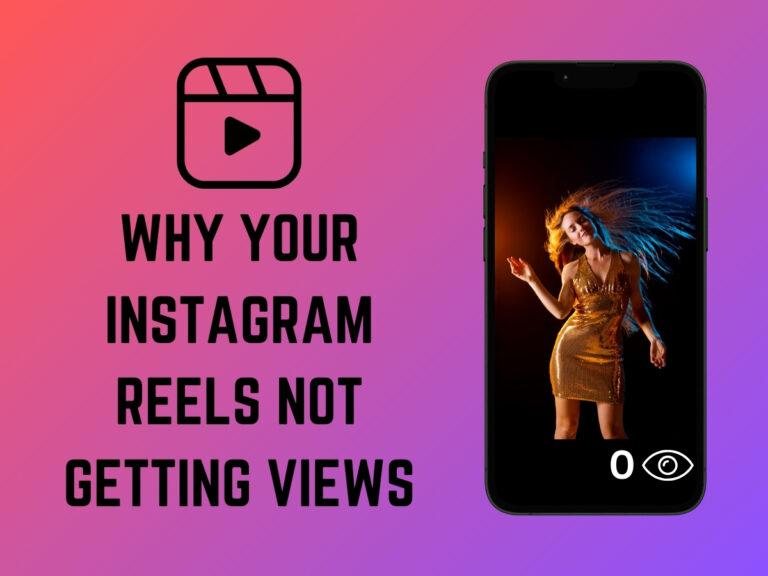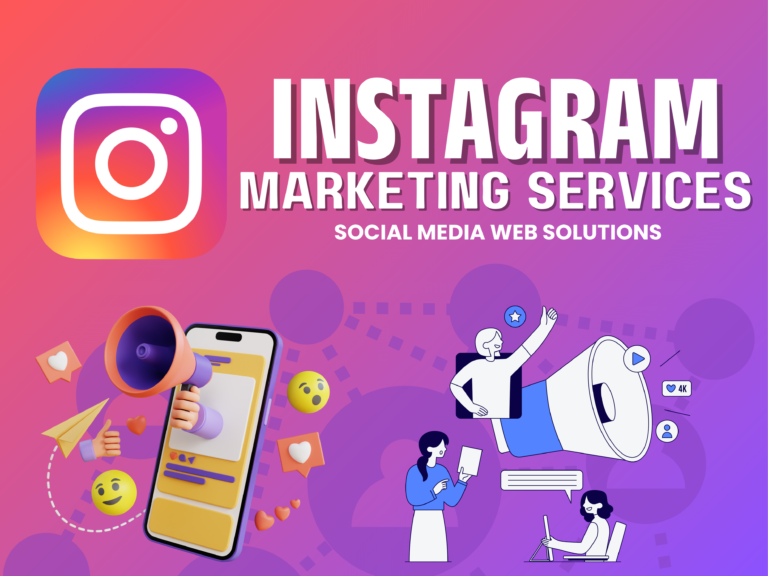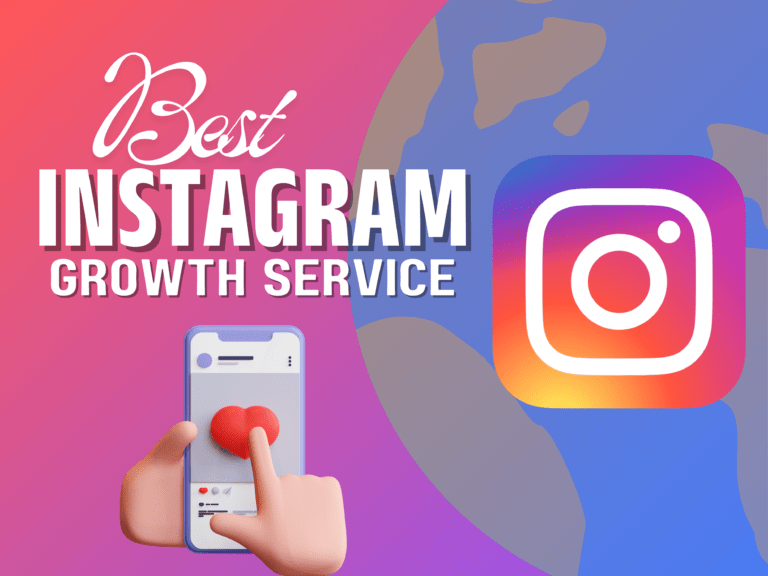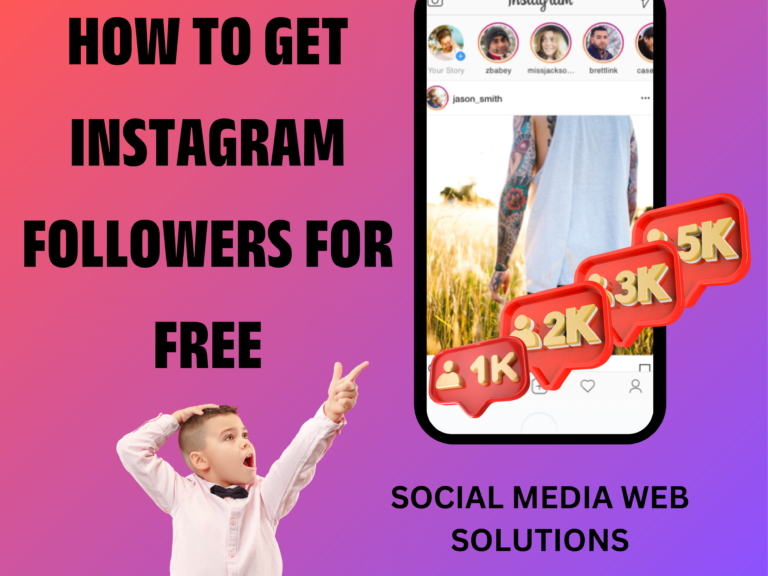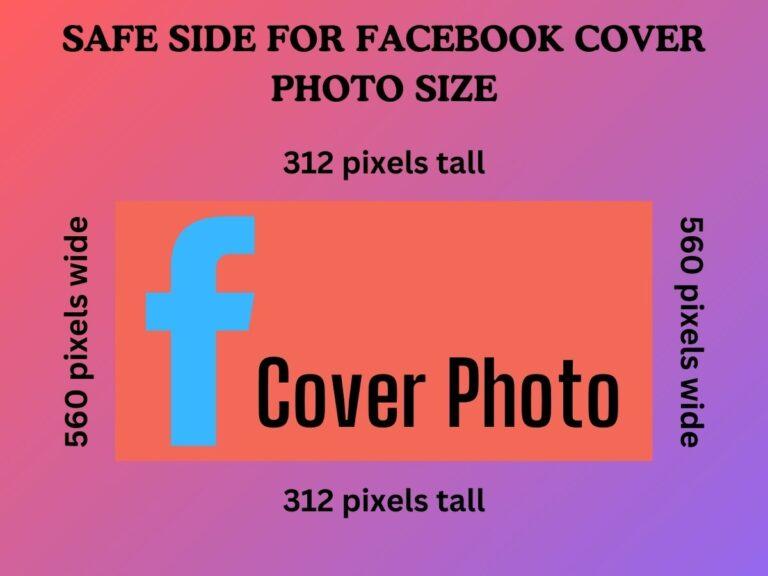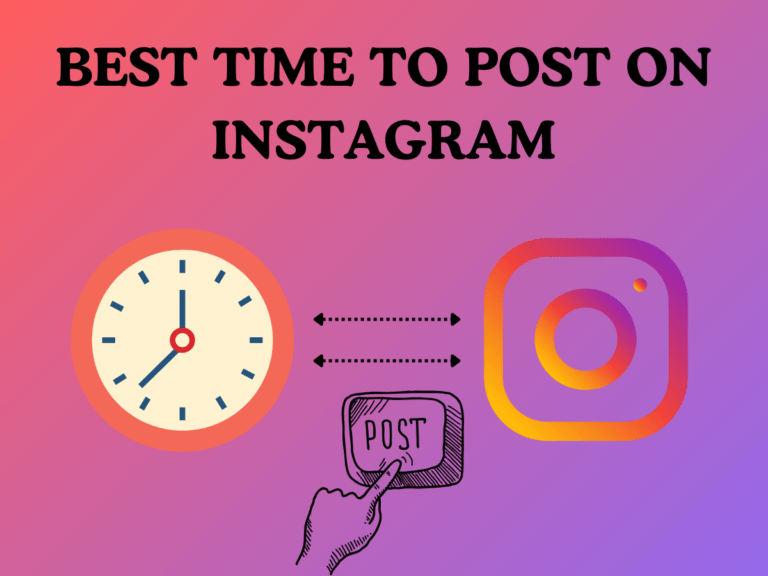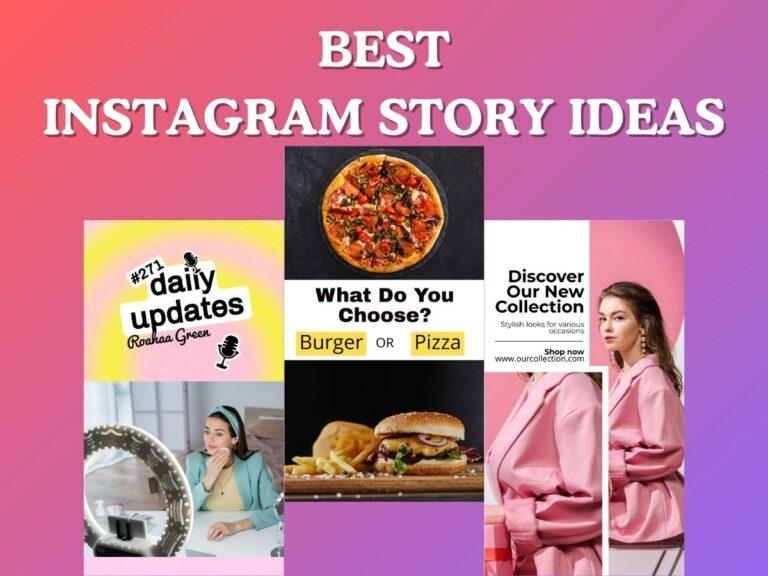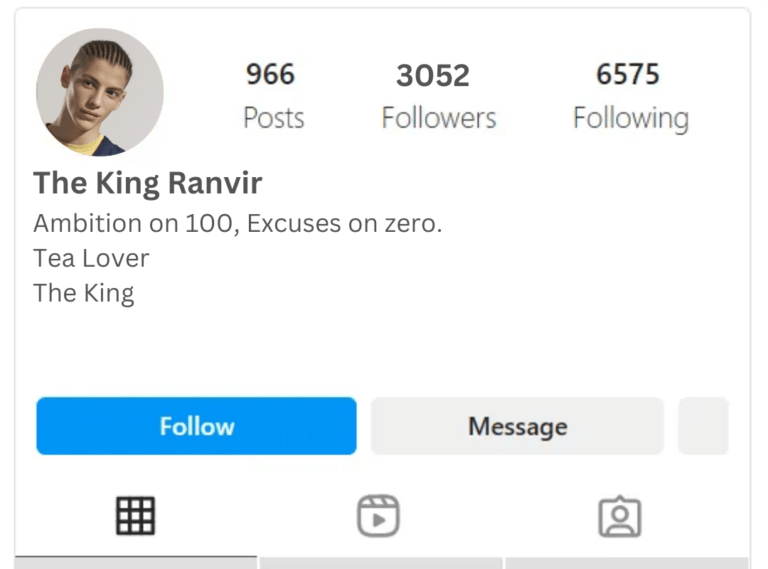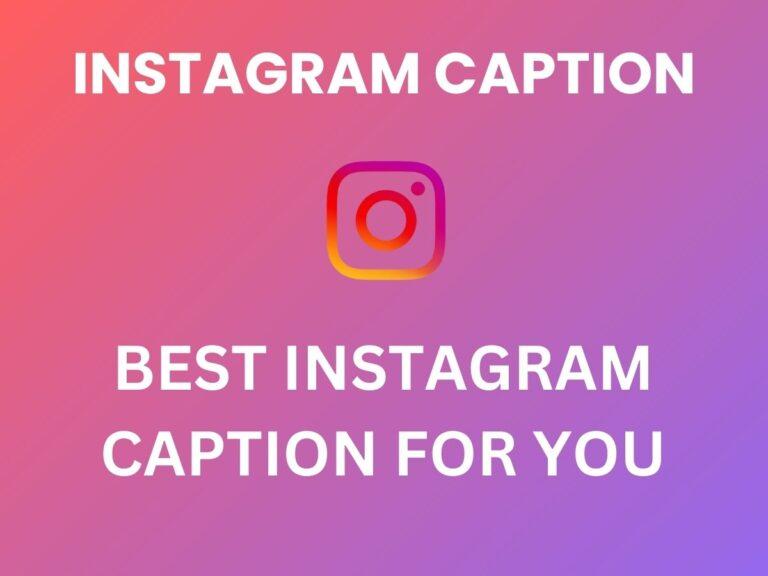FACEBOOK MARKETING
Facebook marketing is a strategic approach to promoting products, services, or brands on the social media platform Facebook. With over 2.8 billion monthly active users, Facebook offers a massive audience for businesses to reach and engage. Facebook Marketing involves creating a business page, sharing compelling content, and utilizing various tools, running paid advertising campaigns, engaging with followers through posts and comments, and features provided by the platform to connect with the target audience.
Before we dive in, let’s get one thing out of the way. There are many ways to approach marketing on Facebook, but we’ll stick to the one we love most
Key aspects of Facebook marketing include:
1. Business Pages
A Facebook Business Page is a dedicated profile for businesses, organizations, or public figures on the social media platform Facebook. Unlike personal profiles, which are meant for individuals, a business page provides a platform for companies to establish their online presence, engage with their audience, and showcase their products or services.
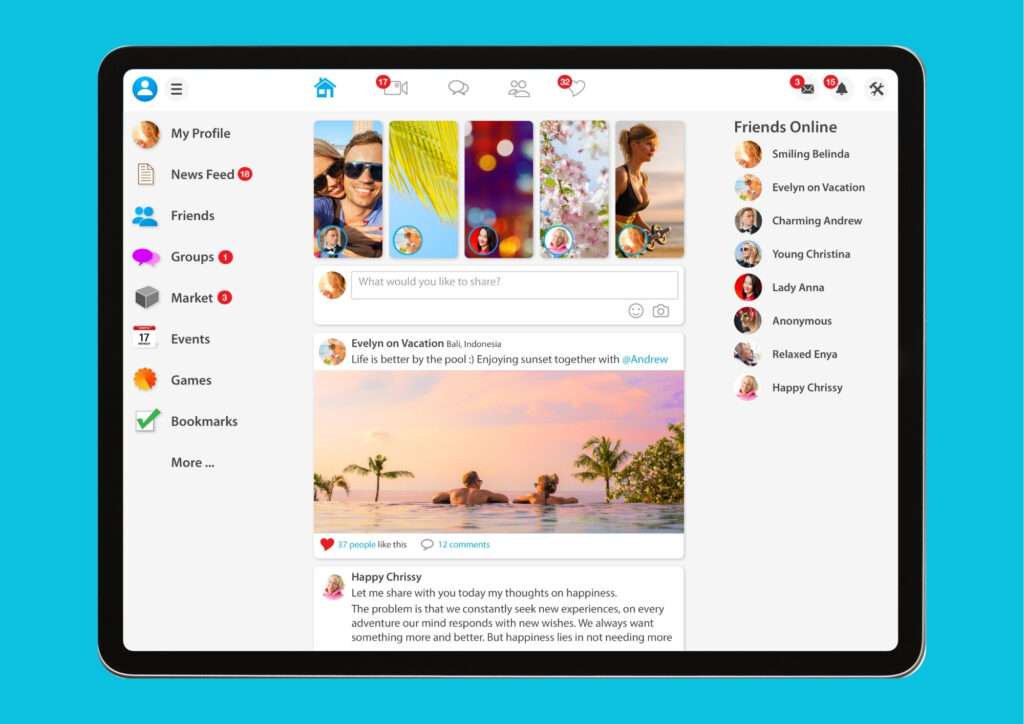
Here are some key features and elements of a Facebook Business Page:
Profile Information
Businesses can provide essential details such as their name, address, contact information, website, and a brief description on their page.
Cover Photo and Profile Picture
Adding visually appealing images, including a cover photo and a profile picture, helps create a strong visual identity for the business.
Content Sharing
Businesses can post a variety of content, including text updates, images, videos, and links, to engage with their audience and share relevant information.
Call-to-Action (CTA) Button
A customizable CTA button allows businesses to encourage specific actions, such as “Contact Us,” “Shop Now,” or “Sign Up.”
Tabs and Sections
Organizing content using tabs and sections makes it easy for visitors to navigate and find the information they’re looking for, such as services, reviews, or events.
Messaging and Customer Support
Enabling messaging features allows businesses to communicate directly with their audience, providing customer support and addressing inquiries.
Insights and Analytics
Facebook provides Insights, a tool that offers analytics on page performance, audience engagement, and other metrics, helping businesses refine their strategies.
2. Content Creation
Effective content creation on Facebook involves crafting compelling and engaging posts to capture the attention of your audience.

Here are some key strategies for creating impactful content on a Facebook Business Page:
Understand Your Audience
Tailor your content to your target audience’s interests, preferences, and behaviors. Know what resonates with them to create content that adds value.
Visual Appeal
Use high-quality visuals, such as eye-catching images and videos. Facebook’s algorithm often prioritizes visually appealing content, increasing the likelihood of engagement.
Variety in Content
Diversify your content types to keep your audience interested. Incorporate a mix of text-based posts, images, videos, polls, and links to maintain a dynamic feed.
Compelling Captions
Write concise and compelling captions that encourage interaction. Pose questions, share anecdotes, or provide context to your content to spark engagement.
Consistency
Maintain a consistent posting schedule to keep your audience engaged. Regular and predictable content fosters a sense of reliability and helps you stay visible in users’ feeds.
Utilize Facebook Features
Experiment with different features provided by Facebook, such as Stories, Live Videos, and Events. These features often receive higher visibility and engagement.
Seasonal and Trend-Relevant Content
Stay current by incorporating seasonal and trending topics into your content strategy. This shows that your brand is relevant and engaged with current happenings.
Calls-to-Action (CTAs)
Encourage specific actions with well-placed CTAs. Whether it’s asking for comments, shares, or clicks, guide your audience on what to do next.
Engage with Your Audience
Respond promptly to comments, messages, and other forms of engagement. Engaging with your audience builds a sense of community and increases the visibility of your content.
Analytics and Iteration
Regularly analyze Facebook Insights to understand the performance of your content. Use these insights to refine your content strategy and focus on what works best for your audience.
By combining these strategies, businesses can create a compelling and engaging content mix on their Facebook Business Page, fostering a strong connection with their audience and driving the desired actions.
3. Audience Targeting
Facebook Audience Targeting is a powerful feature that allows businesses to define and reach specific groups of users with their content and advertisements on the platform.
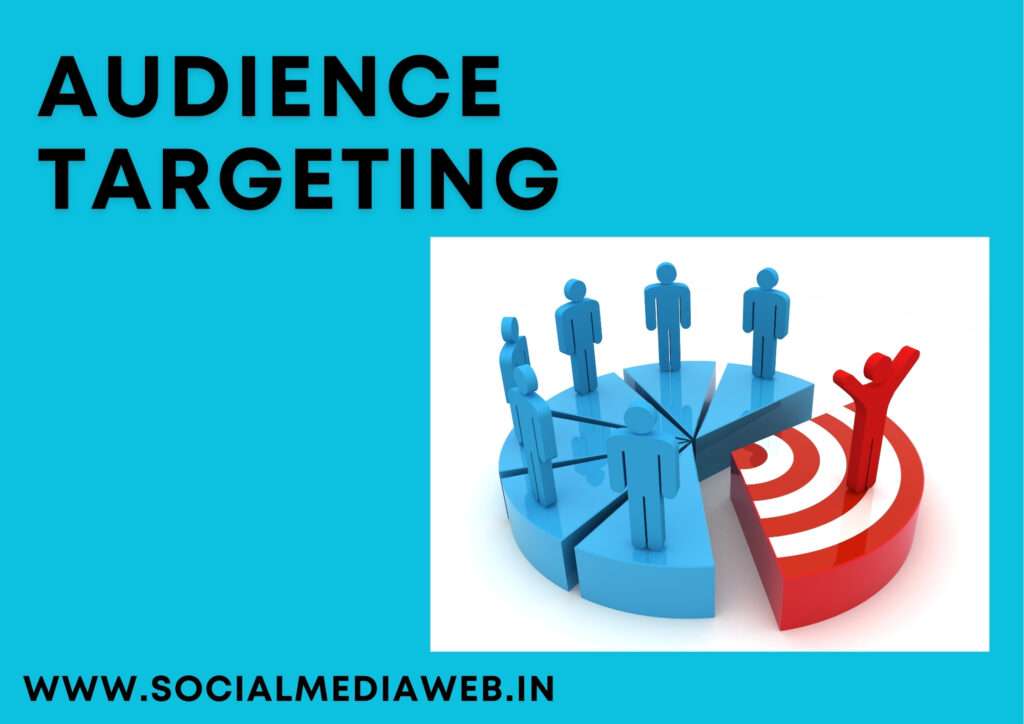
Here are key aspects of Facebook Audience Targeting:
Demographics
Businesses can target users based on demographic factors such as age, gender, location, language, education, and relationship status.
Interests
Targeting users’ interests involves reaching interested individuals on Facebook.
Behaviors
Facebook targets users based on their behaviors, like online shopping, device usage, and travel.
Custom Audiences
Advertisers can upload customer lists to create Custom Audiences. This enables targeted ads to be shown to existing customers or individuals who have interacted with the business offline.
Lookalike Audiences
Facebook can create Lookalike Audiences based on the characteristics of existing Custom Audiences. This helps businesses reach new people who share similar attributes with their current customers.
Connections
Advertisers can target users based on their connections to the business page, app, or event. This includes targeting friends of people who have already engaged with the business.
Life Events
Targeting based on life events allows businesses to reach users going through specific life milestones, such as getting married, moving, or having a birthday.
Detailed Targeting
This involves combining multiple targeting options to create a more refined and specific audience. For example, targeting users interested in both fitness and healthy eating.
Ad Placement
Businesses can choose where their ads appear, whether in the Facebook News Feed, Instagram, Audience Network, or other placements.
Audience targeting maximizes Facebook marketing impact. It helps improve engagement rates, conversion rates, and overall return on investment. Regularly analyzing the performance of targeted campaigns and adjusting targeting parameters based on insights is crucial for ongoing success.
4. Facebook Advertising
Facebook advertising is a powerful digital marketing strategy that involves creating and placing ads on the Facebook platform, to reach and engage a specific target audience. Advertisers can leverage a variety of ad formats, including image ads, video ads, and more, to showcase their products, services, or brand messages.
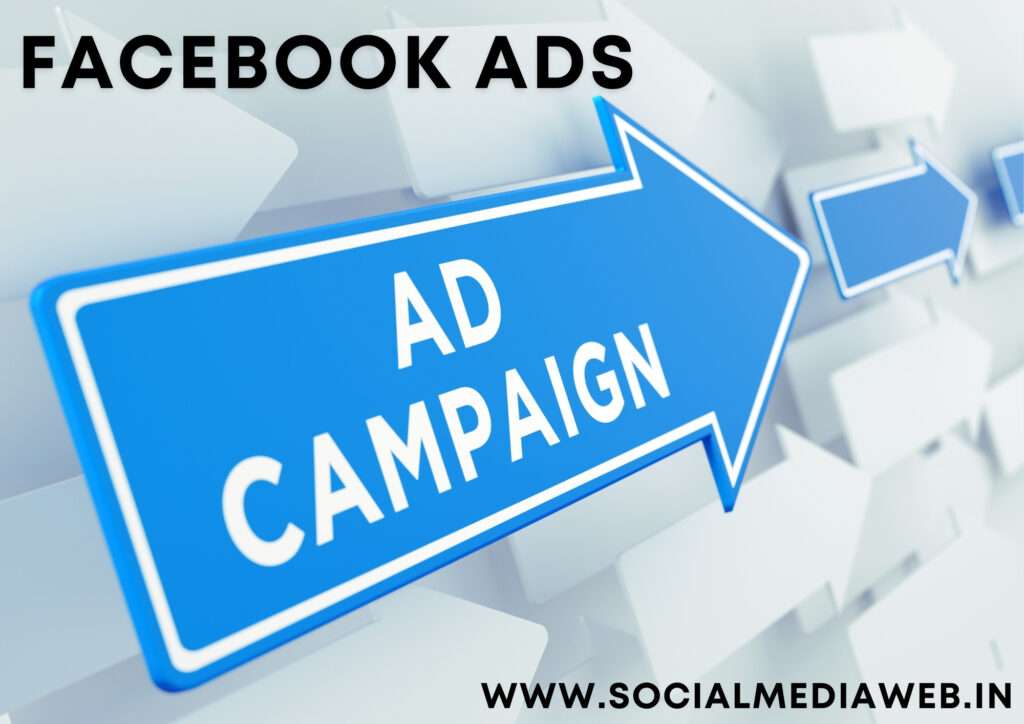
Key elements of Facebook advertising include
Ad Campaign Objectives
Advertisers can choose specific objectives for their campaigns, such as brand awareness, website traffic, lead generation, or conversions. This helps align the campaign with broader business goals.
Target Audience
Utilizing Facebook’s robust targeting options, advertisers can define their target audience based on demographics, interests, behaviors, and other criteria. This ensures that ads are shown to the most relevant users.
Ad Creatives
Compelling visuals and engaging ad copy are essential for capturing the audience’s attention. Advertisers can experiment with different creatives to determine what resonates best with their target audience.
Ad Placement
Ads can be displayed in various locations on Facebook, including the News Feed, Stories, Marketplace, and Instagram. Advertisers can choose placements based on their campaign goals and the preferences of their target audience.
Budget and Bidding
Advertisers set a budget for their campaigns and choose a bidding strategy. Facebook offers options like cost per click (CPC), cost per mille (CPM), and cost per acquisition (CPA), allowing businesses to optimize their ad spend.
Ad Analytics
Facebook provides detailed analytics through Ads Manager, allowing advertisers to track the performance of their campaigns. Metrics such as reach, engagement, click-through rates, and conversions provide valuable insights for ongoing optimization.
A/B Testing
Advertisers can conduct A/B testing by creating multiple variations of an ad to identify the most effective elements. This helps refine future campaigns based on data-driven insights.
Facebook advertising provides businesses with a highly targeted and measurable way to connect with their audience, drive traffic, and achieve specific marketing objectives.
It is a versatile tool suitable for businesses of all sizes, offering flexibility, reach, and the ability to tailor campaigns for optimal results. Regular monitoring and adjustments based on performance analytics contribute to the ongoing success of Facebook advertising efforts.
5. Facebook Engagement
Facebook engagement refers to the level of interaction and participation that users have with content on the platform. It encompasses various actions such as likes, comments, shares, clicks, and reactions. High engagement indicates that the content is resonating with the audience and is being actively consumed and shared.
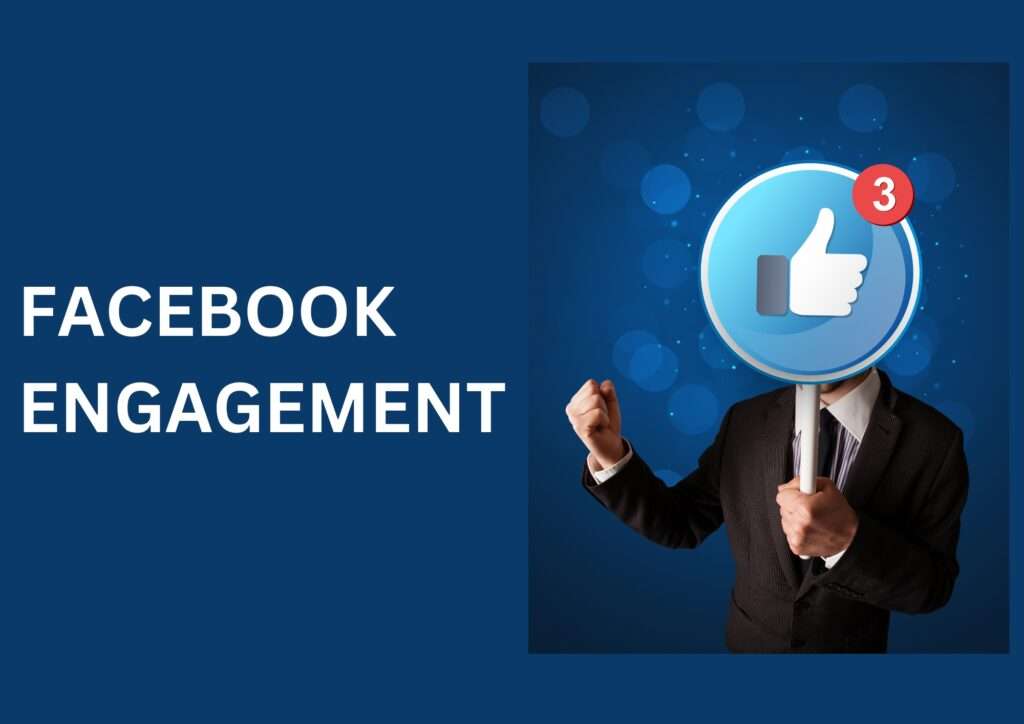
Key factors influencing Facebook engagement include:
Content Relevance
Content that is relevant, informative, entertaining, or emotionally compelling is more likely to engage users.
Visual Appeal
Visual elements, such as high-quality images and engaging videos, often attract more attention and interaction.
Consistency
Regular and consistent posting helps maintain visibility in users’ feeds, fostering a sense of reliability and prompting ongoing engagement.
Audience Interaction
Responding to comments, messages, and actively engaging with the audience helps build a community and encourages ongoing participation.
Call-to-Action (CTA)
Encouraging users to take specific actions, such as liking, commenting, or sharing, through well-placed CTAs can boost engagement.
Timing
Posting at times when the target audience is most active increases the likelihood of content being seen and engaged with.
Variety in Content
Diversifying content types, such as text posts, images, videos, and polls, keeps the audience interested and engaged.
Facebook Features
Utilizing features like Facebook Live, Stories, and events can enhance engagement, as these formats often receive priority in users’ feeds.
Businesses can measure engagement through Facebook Insights, which provides analytics on post performance, audience demographics, and other metrics. Analyzing engagement data helps businesses understand what content resonates with their audience, allowing for continuous improvement and optimization of future posts and campaigns. High engagement not only increases the visibility of content within users’ networks but also contributes to building a strong and loyal online community for a brand.
6. Facebook Analytics
Facebook Analytics is a tool provided by Facebook that allows businesses and marketers to gather insights and analyze the performance of their Facebook Pages, content, and advertising efforts. This powerful analytics tool provides a wealth of data to help businesses understand their audience, track engagement, and evaluate the effectiveness of their Facebook marketing strategies.
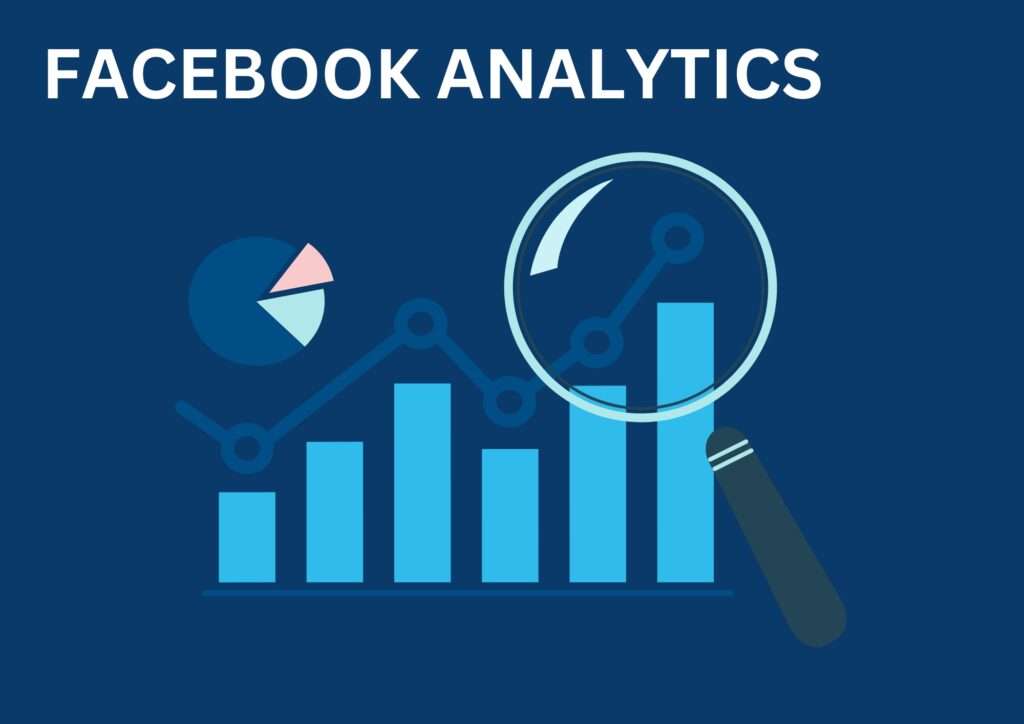
Key features of Facebook Analytics include:
Page Insights
Provides metrics on page likes, reach, engagement, and overall page performance. Businesses can see which posts resonate most with their audience and track changes in their follower base.
Audience Insights
Offers detailed demographic information about the audience, including age, gender, location, interests, and device usage. This helps businesses tailor content to their target audience.
Ad Insights
Analyzes the performance of Facebook ads, including reach, engagement, clicks, and conversions. Advertisers can assess the effectiveness of their campaigns and make data-driven adjustments.
Event Source Groups
Tracks user interactions with events on a website or app, providing data on user activity and engagement outside of the Facebook platform.
Cross-Platform Analytics
Provides insights into user interactions across multiple platforms, including Facebook, Instagram, and Messenger, offering a comprehensive view of the customer journey.
Funnel Analysis
Helps businesses understand the steps users take leading up to a conversion, enabling optimization of marketing strategies and user experience.
Using Facebook Analytics, businesses can make informed decisions, optimize their content and advertising strategies, and ultimately enhance their overall digital marketing performance on the Facebook platform.
Facebook Analytics allows businesses to refine their approach and better meet the needs of their audience.
7. Facebook Groups
Facebook Groups are online communities within the Facebook platform where individuals with shared interests, goals, or affiliations can connect, discuss, and collaborate. These groups provide a space for users to engage in discussions, share content, and build a sense of community.

Here are key features and aspects of Facebook Groups:
Community Building
Groups allow like-minded individuals to come together and form a community around a specific topic, hobby, cause, or location.
Privacy Settings
Groups can be public, private, or secret, with varying levels of visibility and accessibility. Privacy settings determine who can join and see the content within the group.
Discussion and Interaction
Members can create posts, ask questions, share multimedia content, and engage in discussions within the group. This fosters a more interactive and engaged community.
Group Types
Facebook offers various group types, including general discussion groups, buy/sell/trade groups, study groups, and support groups, catering to different purposes and interests.
Events and Announcements
Groups can organize and promote events, share announcements, and create polls to gather opinions from members.
Networking and Collaboration
Groups facilitate networking and collaboration among members who share common goals, interests, or professions. Businesses can also use groups to connect with their target audience.
Facebook Groups provide a more focused and intimate space for users to connect compared to the broader News Feed. They are a valuable tool for businesses, organizations, and individuals to foster engagement, share information, and build a community around shared interests or objectives within the Facebook ecosystem.

